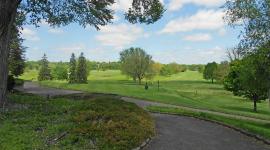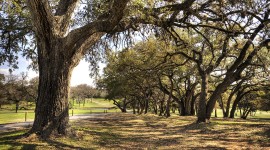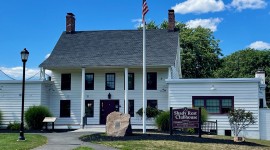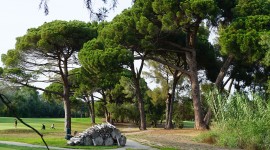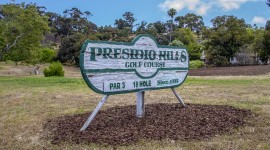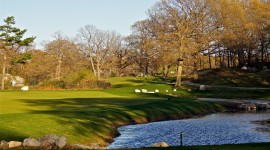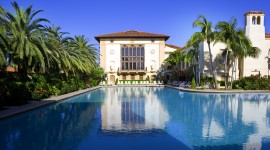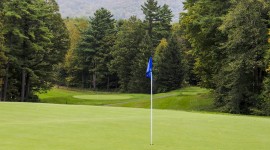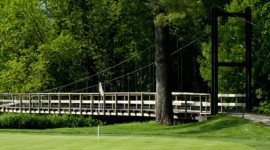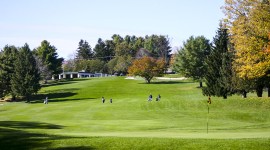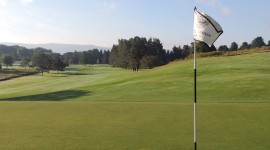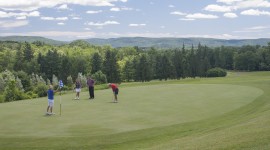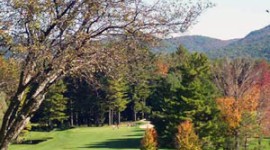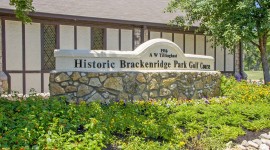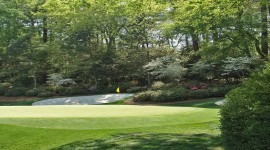Golden Age
Significant advances in turf grass science and management, such as irrigation systems, allowed for relatively manicured conditions. A combination of post-war prosperity, large tracts of available land near population centers, plenty of available labor, an influx of golf architects, and a surge in interest in the game led to an average of 500 new courses opening each year during much of the mid to late 1920s. These courses departed from layouts emphasizing the center shot, returning to St. Andrews inspired designs in which each hole could be played a variety of ways, depending upon the golfer’s skill. The use of dynamite, along with more advanced heavy equipment, allowed for course designers to work in, around and through rocky and wooded terrain, a significant departure from the earlier periods.



